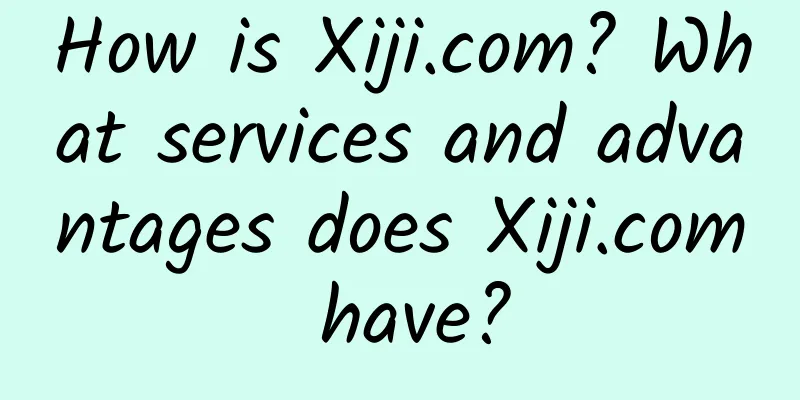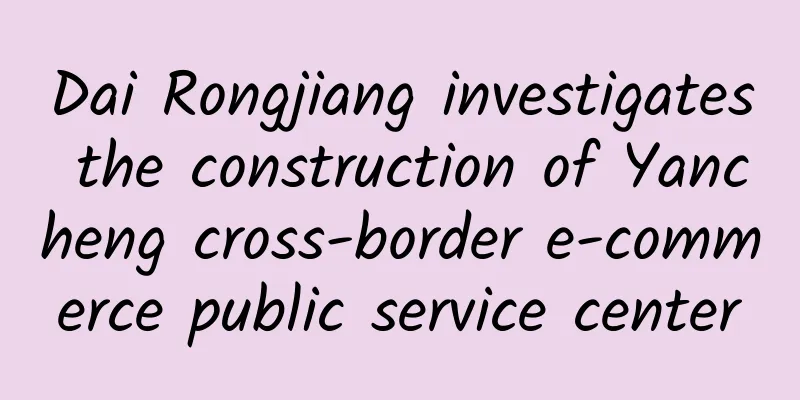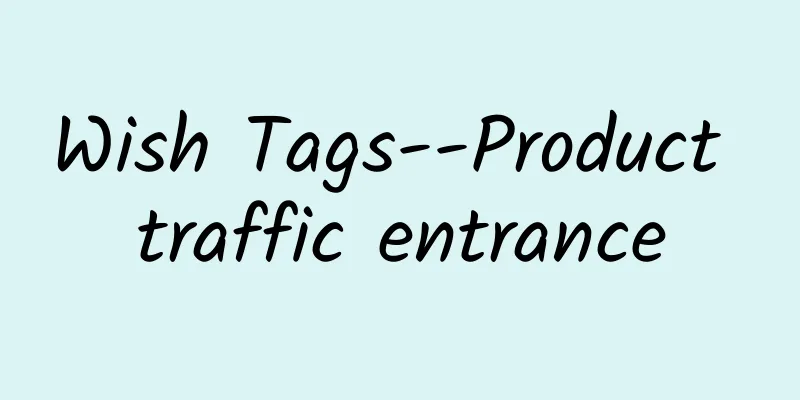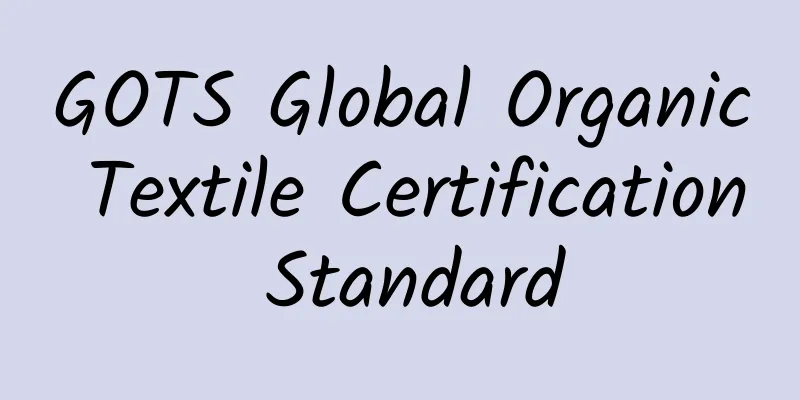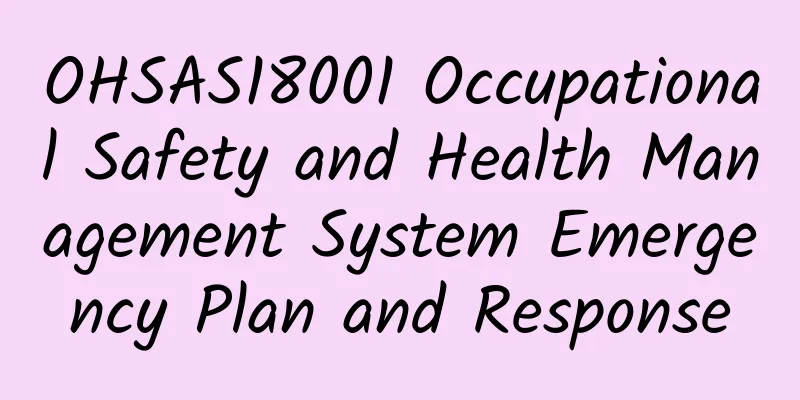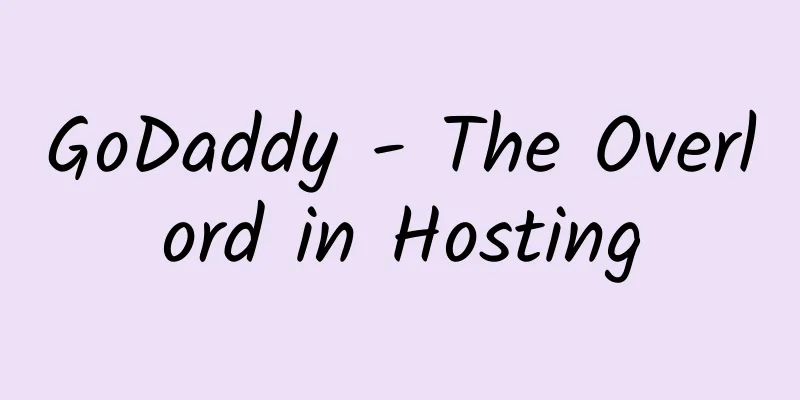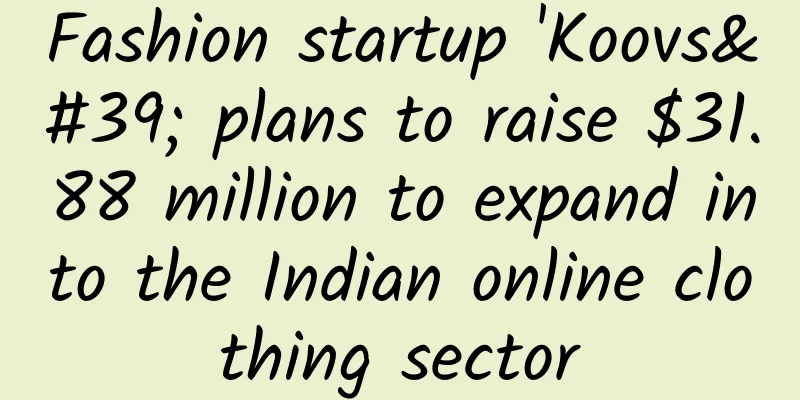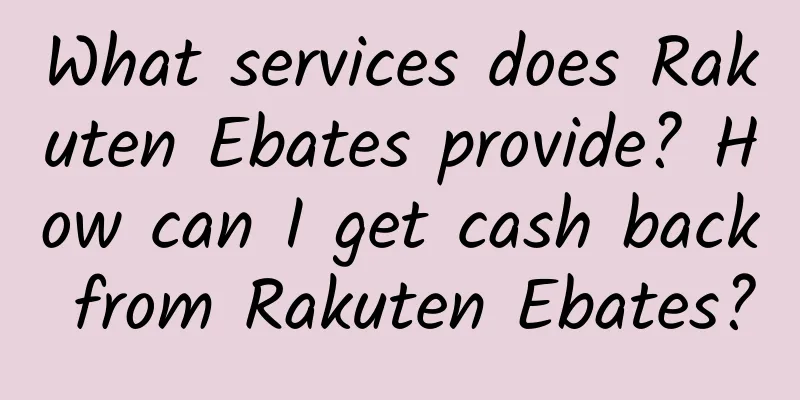Is carbon trading the buying and selling of carbon?
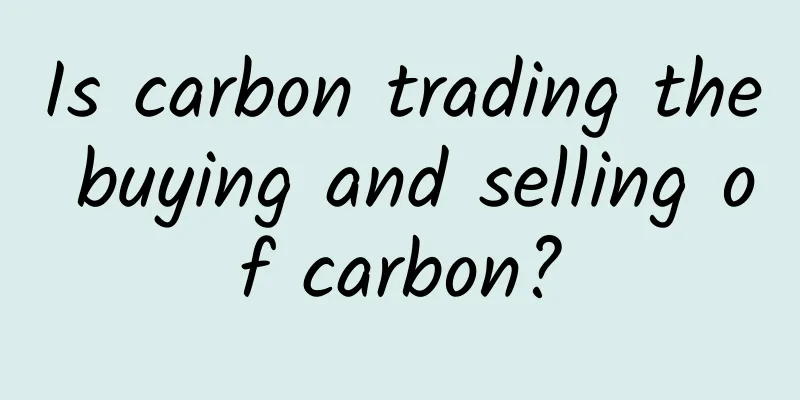
|
What are carbon credits? Carbon credits, also known as carbon rights, refer to carbon emission units that can enter the carbon trading market when a country or enterprise reduces carbon emissions by increasing energy efficiency, reducing pollution or reducing development, etc., under the conditions of certification by the United Nations or a United Nations-approved emission reduction organization. The ultimate goal of carbon credits is to reduce greenhouse gas emissions into the atmosphere. What is the carbon market? "Carbon market" refers to the market formed by carbon emission rights trading. The essence of carbon emission rights trading is to buy and sell greenhouse gas emission rights such as carbon dioxide (CO2) as commodities. It is a market mechanism adopted to reduce global greenhouse gas emissions. The carbon trading market can be roughly divided into the mandatory carbon quota trading market and the voluntary carbon trading market. The former is based on quotas (carbon emission permits) and can also include offset units (certified emission reductions) and derivative transactions. It can be further divided into quota-based carbon trading and project-based trading. The latter is a market formed by entities without mandatory emission reduction tasks voluntarily purchasing project emission reductions to achieve their own carbon neutrality. What we now call "carbon market" usually refers to the former. Is carbon trading the buying and selling of carbon? The full name of carbon trading is "carbon emission rights trading", so what is traded is not carbon or carbon dioxide, but the emission rights (emission quota) of carbon dioxide. Carbon trading is to treat carbon dioxide emission rights as a commodity. The buyer obtains a certain amount of carbon dioxide emission rights by paying a certain amount to the seller, thus forming a transaction of carbon dioxide emission rights. The carbon trading market is a market artificially created by the government through the control of emissions of energy-consuming enterprises. Usually, the government determines a total carbon emission amount and allocates carbon emission quotas to enterprises according to certain rules. If the enterprise's emissions in the future exceed the quota, it needs to buy quotas on the market. At the same time, some enterprises adopt energy-saving and emission reduction technologies, and the final carbon emissions are lower than the quota they obtain, so they can sell excess quotas through the carbon trading market. The two parties generally trade through carbon emission exchanges. In the first case, if the enterprise's emission reduction cost is lower than the carbon trading market price, the enterprise will choose to reduce emissions, and the share generated by emission reduction can be sold to make a profit; in the second case, when the enterprise's emission reduction cost is higher than the carbon market price, it will choose to purchase from the government, enterprises, or other market entities that have quotas in the carbon market to achieve the emission reduction target issued by the government. If the quota is not purchased in sufficient quantity to cover the actual emissions, it will face a high price fine. Through this set of designs, the carbon trading mechanism internalizes carbon emissions as part of the operating costs of enterprises, and the carbon emission prices formed by transactions guide enterprises to choose the most cost-effective carbon reduction means, including energy-saving and emission reduction transformation, carbon quota purchase, or carbon capture, etc. The market-based approach enables the cost of emission reduction in the whole society to be optimized while the industrial structure is transformed from high energy consumption to low energy consumption. |
>>: FSC certified teak trade verification officially launched
Recommend
Xiesheng Factory Inspection Package - Your Factory Inspection "Family Doctor"
Let me first tell you a little story from my own ...
What is LazMall? What are the advantages of LazMall?
What is LazMall? LazMall is the official store la...
UK eBay shopping trends in 2018
Understanding eBay's annual shopping trends is...
How to select products on eBay? What are some good methods?
Products are crucial to the development of eBay. ...
eBay store opening strategy - item listing rules
There is a very important strategy for opening a ...
What are the requirements for GRS global recycling standard factory audit?
Enterprises and factories that need GRS factory a...
SEDEX factory inspection
Background: SEDEX is a non-profit organization hea...
How do big Shopee sellers run a good Shopee store?
Shopee has become the number one mobile shopping ...
How to open a TC transaction certificate? Are there any new regulations on the issuance time of TC recently?
Things to note when applying for GRS Transaction ...
Unraveling the "mystery" of cross-border procurement
At the 2003 Cross-Border Procurement Fair (Shangh...
How is Guangsuda? What services does Guangsuda provide?
How about Guangsuda? Shenzhen Guangsuda Logistics...
What is Ezbuy? Ezbuy's advantages and entry conditions
Ezbuy was co-founded by He Jian and a group of am...
Differences between TS16949 4th edition certification rules and 3rd edition
The fourth edition of the latest TS16949 certific...
Crowdfunder — Equity Crowdfunding Platform
What is Crowdfunder? Crowdfunder is another equit...
Ethical requirements for auditors
Ethical requirements for auditors The behavioral ...
